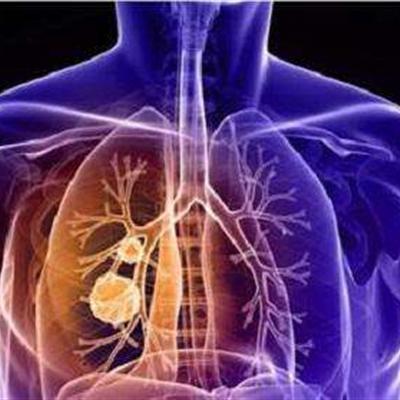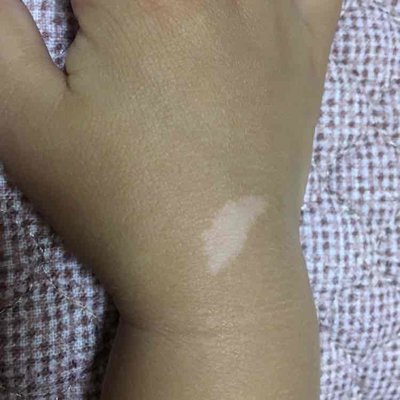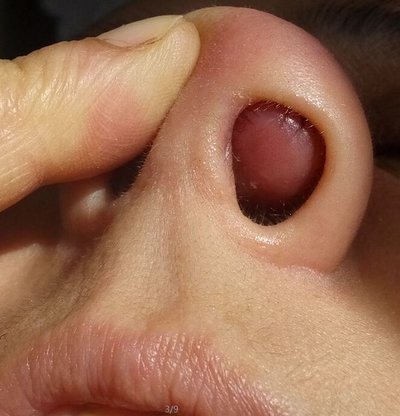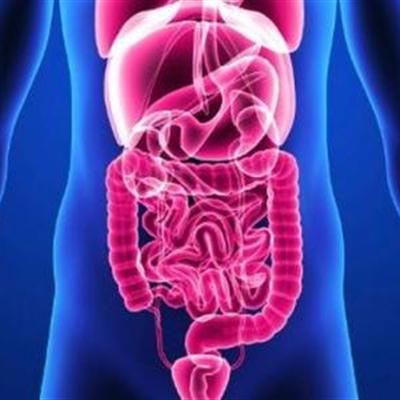What symptom does cholesteatoma have?
summary
Cholesteatoma is also called epidermoid cyst, nacreoma, etc. At present, it is considered to be a benign tumor with congenital lack of blood vessels derived from ectopic ectodermal tissue. It is common in the brain and ears. According to the location of cholesteatoma, it can be divided into intracranial cholesteatoma, external auditory canal cholesteatoma and cholesteatoma otitis media. It is generally believed that the incidence rate of intracranial cholesteatoma is 0.5-1.8% of whole brain tumor. It can be multiple, ranging in size from several millimeters to several centimeters. Cholesteatoma is usually removed by operation. What symptom does cholesteatoma have? Let's talk about it
What symptom does cholesteatoma have?
Cerebellopontine angle, the most common location, most of trigeminal neuralgia onset, can have the affected side of tinnitus, deafness, can gradually develop into cerebellopontine angle syndrome. The signs were V, VII and VIII cranial nerve dysfunction, facial sensory impairment, facial muscle weakness, hearing loss, ataxia and so on. Glossopharyngeal and vagus nerve paralysis may appear in a few cases.
Cholesteatoma in sellar region is often similar to pituitary adenoma. In the early stage, it is manifested as vision loss, visual field defect, and even optic atrophy in the late stage. However, due to the slow progress of the disease, severe vision loss and blindness are rare. Endocrine disorders, such as hypogonadism, polydipsia, polyuria, hypophysis and hypothalamic damage may also occur. With the growth of the tumor, it can grow forward, leading to frontal lobe symptoms, and can protrude backward into the third ventricle, leading to increased intracranial pressure. In the parasellar region, it can also extend to the middle cranial fossa, involving trigeminal ganglion, resulting in pain, numbness, weakness of temporal and masseter muscles, etc.
When located in the brain parenchyma, cerebral hemisphere tumors often have epileptic seizures, mental symptoms and one side of the limb dysfunction, while cerebellar regions often cause nystagmus, ataxia and so on. The brain stem tumor may have crossed paralysis, the affected side VI, VII cranial nerve paralysis and contralateral compulsory paresis.
matters needing attention
For intracranial cholesteatoma, there is no definite prevention suggestion. For the patients who have received surgical treatment and confirmed by pathology, regular imaging review is needed in order to detect tumor recurrence early. According to the symptoms of neurological deficit, targeted rehabilitation training was carried out. The patients with epilepsy induced by tumor need to take antiepileptic drugs according to whether the postoperative epilepsy attacks again.













